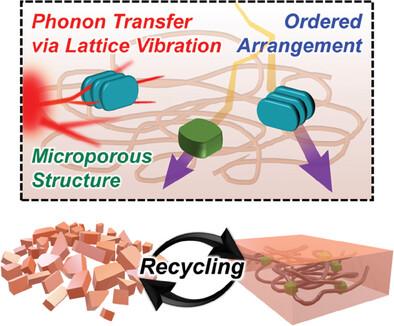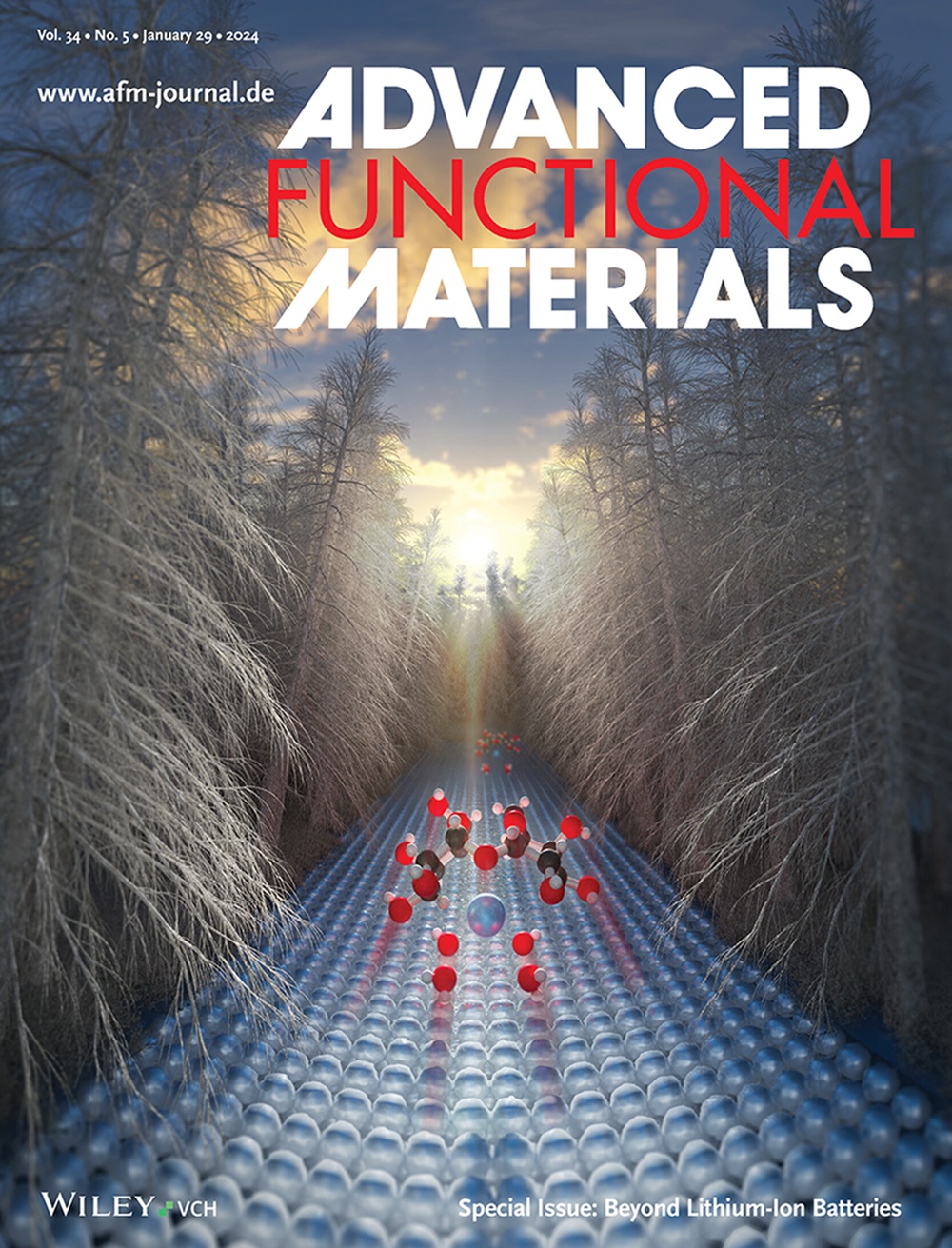Recyclable Low Dielectric Polymers with High Thermal Conductivity for Copper‐Clad Laminated Film for High‐Frequency Applications
IF 18.5
1区 材料科学
Q1 CHEMISTRY, MULTIDISCIPLINARY
引用次数: 0
Abstract
With the rapid increase in demand for next‐generation communication, the development of advanced dielectric materials has become imperative. To enhance the performance and reliability of miniaturized electronic devices, dielectric materials must exhibit high thermal conductivity (λ) while simultaneously fulfilling crucial criteria such as low dielectric permittivity (

求助全文
约1分钟内获得全文
求助全文
来源期刊

Advanced Functional Materials
工程技术-材料科学:综合
CiteScore
29.50
自引率
4.20%
发文量
2086
审稿时长
2.1 months
期刊介绍:
Firmly established as a top-tier materials science journal, Advanced Functional Materials reports breakthrough research in all aspects of materials science, including nanotechnology, chemistry, physics, and biology every week.
Advanced Functional Materials is known for its rapid and fair peer review, quality content, and high impact, making it the first choice of the international materials science community.
 求助内容:
求助内容: 应助结果提醒方式:
应助结果提醒方式:


